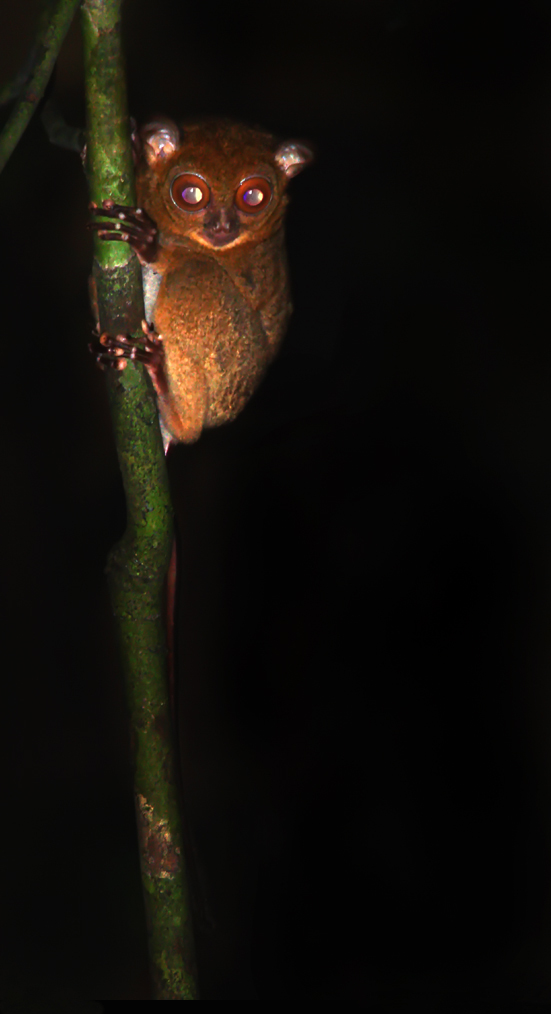Facts About Horsfield's tarsier
Horsfield's tarsier, also known as the western tarsier, is an intriguing nocturnal primate native to Borneo, Sumatra, and nearby islands. Unlike other tarsiers, it belongs to its own distinct genus, Cephalopachus, and is further classified into four recognized subspecies.
This small creature is easily identifiable by its long tail, large eyes, and specialized adaptations that make it a deft hunter. Primarily inhabiting various forest types, Horsfield's tarsier excels in vertical clinging and leaping, enabling it to navigate its environment with ease.
Diet-wise, this tarsier is predominantly carnivorous, preying on insects and small vertebrates such as bats, snakes, and birds. Its daily activities encompass specific behaviors related to foraging, reproduction, and social interactions, making it a truly unique primate.
However, Horsfield's tarsier is currently listed as vulnerable. Habitat loss, the illegal pet trade, and other anthropogenic threats are jeopardizing its population. Conservation efforts are underway, particularly in the "Heart of Borneo" region, where protected areas have been established to help safeguard this species.
These conservation efforts focus on addressing habitat destruction and other critical challenges. Ongoing monitoring and protection are essential for ensuring the long-term survival of Horsfield's tarsier, thereby preserving this remarkable primate for future generations.

 Brunei
Brunei